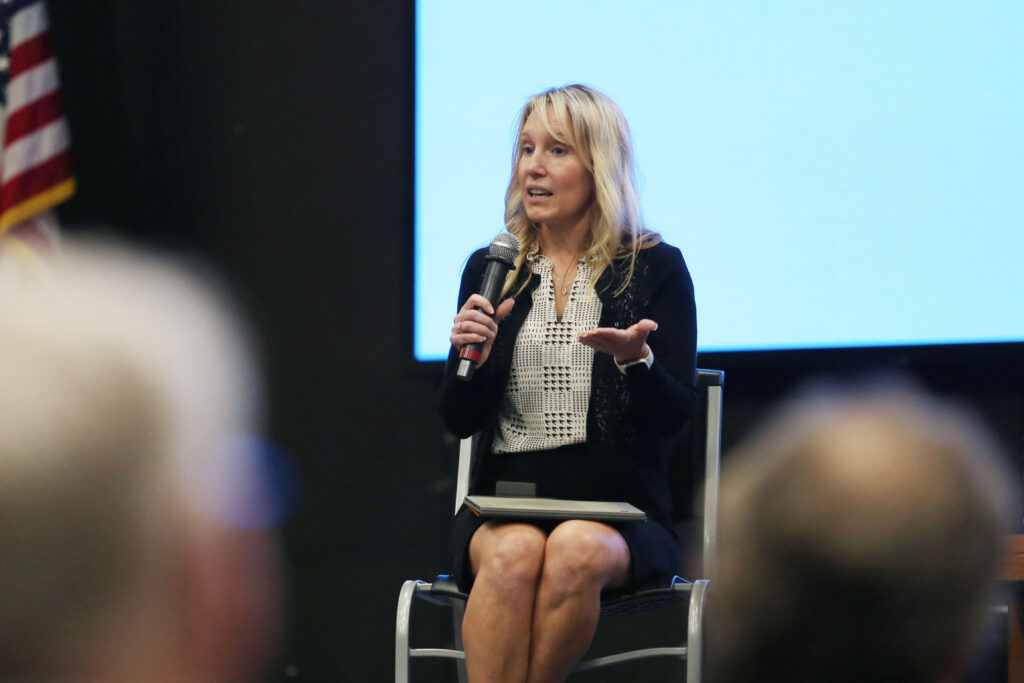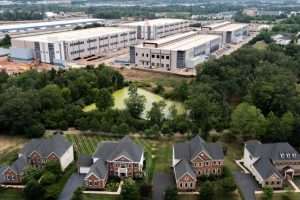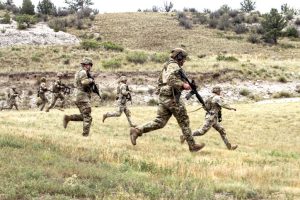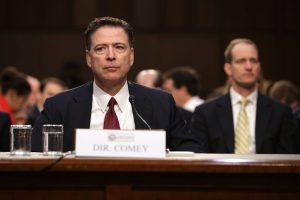Harrisburg School District Superintendent Jennifer Lowery speaks at a Downtown Sioux Falls Rotary meeting on Sept. 29, 2025. (Makenzie Huber/South Dakota Searchlight)
SIOUX FALLS — Lawmakers should be careful in their approach to property tax reform and education funding, superintendents from two of South Dakota’s largest school districts said after a panel discussion Monday.
Jamie Nold is superintendent of the Sioux Falls School District, which has the state’s highest enrollment with more than 24,000 students. Jennifer Lowery is the superintendent at Harrisburg School District, the third largest in the state with 6,000 students, and the fastest growing.
“Property taxes are complex, and you can’t have simple solutions without unintended consequences to a complex mechanism,” Lowery said.
The two shared their perspectives with the Downtown Sioux Falls Rotary Club, reacting to ideas generated by lawmakers on the Comprehensive Property Tax Task Force this summer.
The task force is aiming to reduce property taxes for South Dakota homeowners. It’s heard ideas including state government funding cuts that could be redirected toward property tax relief and new sales taxes to replace property taxes.
From property to purchases: Task force considering fundamental tax shift to reduce homeowner burden
One focus of the task force is to analyze education funding’s connection to property taxes. Task force member and House Majority Leader Scott Odenbach, R-Spearfish, said at the last task force meeting that school funding is the number one cost driver of high property taxes because schools are “incentivized” to spend and collect more property taxes. Some task force members, including Odenbach, have expressed interest in simplifying the process by rewriting or adjusting the school funding formula.
During Monday’s panel and in media interviews afterward, Lowery worried that shifting toward sales taxes and eliminating property taxes for schools would disconnect taxpayers from their communities and shift the onus of investing in school infrastructure onto the state rather than local taxpayers.
Lawmakers should continue to study the issue to identify the property tax “breaking point” for different communities, Lowery said, and seek out a more tailored approach to expand property tax relief programs for some South Dakotans, such as elderly and disabled residents.
“How much tax is too much,” Lowery said, “and how much is an investment in your community and school?”
Lowery added that for the first time in two decades, Harrisburg School District is not constructing a new building. The debt for an old project is also paid off, which will decrease the levy used to determine property taxes in the district.
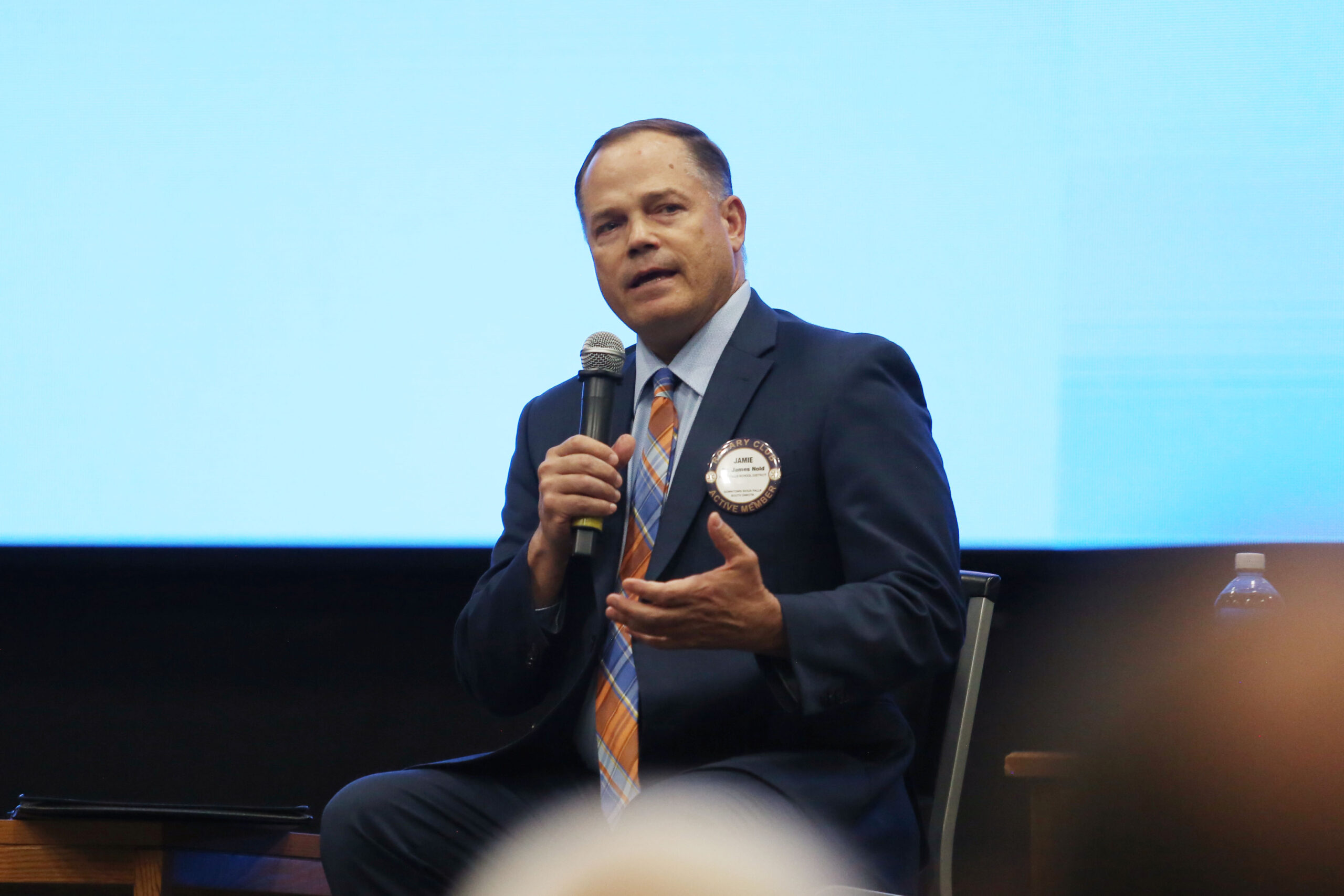
The change comes at the same time as a “small” 1.25% increase in annual state funding for schools and “detrimental” impacts from Gov. Larry Rhoden’s recently adopted property tax relief package, Lowery said. The package sets five-year, 3% annual caps on countywide growth in owner-occupied home assessments and the amount that school capital outlay budgets can increase as a result of new construction, which means districts growing at a higher rate than 3% are losing funds.
“It’s not allowing us to just take care of our general operation needs, such as our roads and parking lots and brick and mortar,” Lowery said. “Growth causes expense.”
Nold, of Sioux Falls, told attendees he doesn’t care what source the funding for the district comes from as long as it “continues to provide the quality services that we do for our kids.”
The two superintendents are monitoring the property tax discussion, as well as other legislative issues that’ll affect South Dakota education during the annual legislative session that begins in January. Nold added that task force members “don’t have the final say” on property tax reform.
“There will be a lot of other input that’ll take place outside of what was said in that committee, so we’ll see what the final outcome is,” Nold said.
Legislative news delivered to you: Sign up for our free newsletter.


